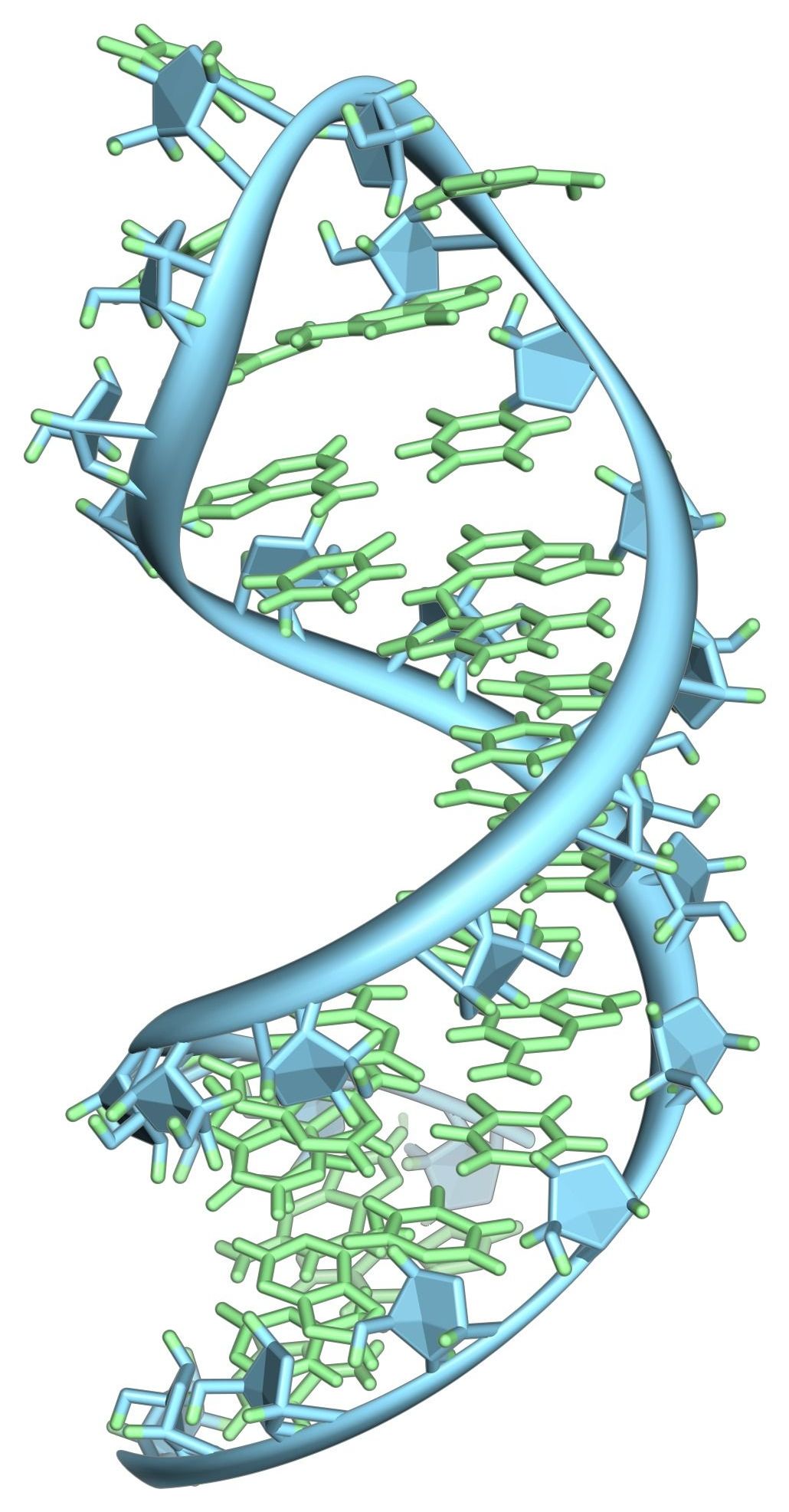L amborghini has created the world’s first self-healing sports car. The Terzo Millennio, which translates as third millennium in Italian, has the ability to detect and repair cracks in its body work.
Using sensors the car can conduct its own health check to detect any damages and self-repair itself by filling the crack with nanotubes to prevent it spreading.
The super car was created in collaboration with researchers from the Massachusetts Institute of Technology (MIT) in Boston.






